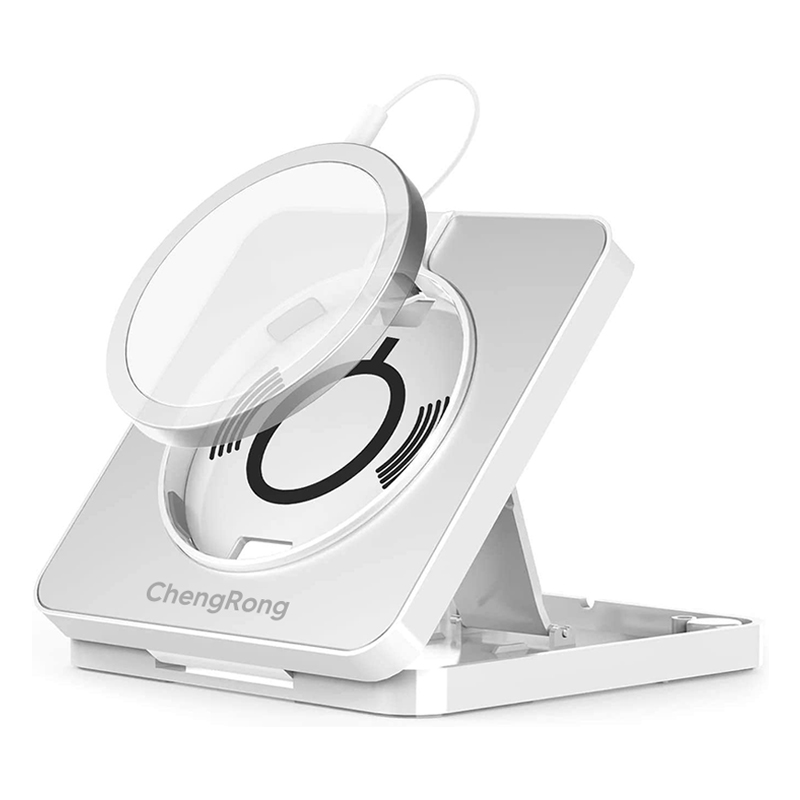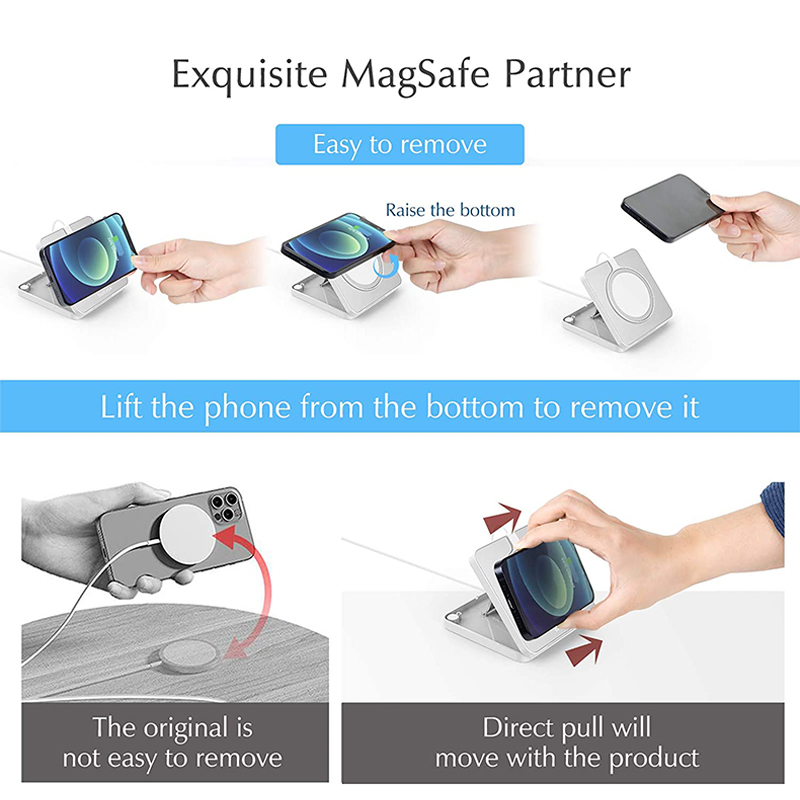Induction Lamp: A Vulnerability in Western Light Source Technology Blocking
At the same time, Guangdong Shunxiang Ceramics Co., Ltd. is also actively involved in the field of high-efficiency electromagnetic energy-saving lamps (induction lamps), plans to invest 500 million yuan, with 18 to 20 months, to achieve an annual output of 3 million high-efficiency electromagnetic energy-saving lamps The scale. At present, the Soleka electrodeless lamp developed by Shunxiang has been successfully applied to Diaoyutai State Guesthouse, some ceramic enterprises exhibition halls and workshops in Chaozhou, and some highways and tunnels in Hunan and Yunnan. Other induction lamps have also been reported to be used in large-scale industrial and mining, highway and other projects.
In the context of the global financial crisis, the actions of Zhengxin Group and Shunxiang Company to invest in the electrodeless lamp industry are undoubtedly eye-catching. In recent years, the electrodeless lamps have sprung up, and the production and sales have shown an upward trend. Their energy-saving and environmental protection characteristics are highly concerned by major enterprises and many local governments. However, compared with other light source products, the number of induction lamp manufacturers is limited and not large, resulting in the flatness of the market and the recognition of the induction lamp market. Especially in the promotion of publicity, the shape of a single shadow, has not been able to complement the advantages of the product, seriously hampered the pace of market promotion. In this regard, "Guzhen Lighting" Weekly organized a survey on the survival status of an electrodeless lamp enterprise, seeking solutions for the development of the electrodeless lamp.
The creation of anything must have its historical background, and the electrodeless lamp is no exception. Initially, the electrodeless lamp existed as a laboratory product and lasted for more than 80 years. It was not until the 1990s that the induction lamp really went out of the "dwelling room" and entered people's daily lives.
Three time points
The electrodeless lamp has been in existence for more than 100 years since its birth. In the long years, there are three major time points to record the development of the world's electrodeless lamp technology.
In 1907, American scientist PC. Hewitt applied for a patent for the principle of induction induction lamps. JJ Thomson, Tesia and others invented the high-frequency induction lamp. However, due to the limitations of the electronics technology at the time, such lamps can only exist in the laboratory and do not enter the market.
In 1991, Matsushita of Japan first launched the Everbright Promise Fluorescent Lamp and entered the Japanese market. At that time, the 27w Everbright Promise Fluorescent Light Effect was 37lm/w and the average lifespan was 40,000 hours. In the same year, Philips' QL electrodeless fluorescent lamp also entered the market with QL electrodeless fluorescent lighting effect of 70lm/w, and the average life expectancy was 60,000 hours.
In 1994, GE introduced the GENURA Promise Fluorescent Lamp, a compact, stepless fluorescent lamp integrated with a ballast and a lamp. Its structure is similar to that of Philips' QL Poleless Fluorescent Lamp. Its shape is similar to that of a reflective incandescent lamp. With 2.65M, the luminous efficacy is 50lm/w and the lifetime is 15000 hours. Osram then introduced the ENDURA electrodeless fluorescent lamp. ENDURA's electrodeless fluorescent lamp operates at 300KHz, with a luminous efficacy of 75lm/w and an average life of 60,000 hours.
Chinese enterprises from testing water to large-scale use
In 1998, Hebei Gems Group illuminated the first domestic electrodeless lamp in the laboratory. Subsequently, the gem group officially entered the field of high-frequency electrodeless lamp production. This is the first time that the electrodeless lamp has gone from the laboratory to the market. It is the "star fire" of the electrodeless lamp. Who can think that this time, "the fire of the stars" became the trend of the original, it is ten years later.
In 2003, Shanghai Hongyuan Lighting Appliance Co., Ltd. applied IC large-scale integrated circuit technology to the light source manufacturing industry and successfully invented the LVD low frequency electrodeless lamp. Immediately after Shanghai Hongyuan actively introduced the LVD low-frequency electrodeless lamp to the market, it began the market test process.
In 2005, the RF electrodeless lamp technology jointly developed by Tongyuan Guangde Enterprise of Zhejiang University Electronic Information Technology and Systems Research Institute successfully broke through the cost bottleneck and greatly reduced the cost of the electrodeless lamp. This is an attempt to reform the induction lamp technology and is constantly being verified in the market. It is precisely because Yuan Guangde, Sidanda and other enterprises have once again enlightened the market, and once again cheered for the promotion of the electrodeless lamp, it is today that the electrodeless lamp has gradually become a puppet.
After 2007, with Zhengxin Group and Shunxiang Company successively entering the field of induction lamps, the market promotion and brand promotion of induction lamps have become the trend of the times, and the electrodeless lamps have become an indispensable force in the light source market.
Today, the production of induction lamps has sprung up and is divided into two major schools: low-frequency induction lamp genre and high-frequency induction lamp genre. Shanghai Hongyuan Lighting and Jiangsu Zhengxin Group are representatives of low-frequency induction lamps, while Hebei Gems Group and Shenzhen Green Lai Lighting are excellent enterprises in high-frequency induction lamps. The high-frequency electrodeless lamp adopts the built-in magnetic field induction light-emitting principle, while the low-frequency electrodeless lamp adopts the principle of external magnetic field induction light. The main difference between the two is that the heat dissipation is different from the magnetic field frequency.
The difference between the electrodeless lamp and the LED is obvious
Like LEDs, in the history of hundreds of years of development, the electrodeless lamp has spent more time as a scientific research result in the laboratory. As a light source product that has been widely developed after the energy-saving lamps, both the electrodeless lamp and the LED are called "new light source". However, the two are substantially different and the development direction is also different.
Technically speaking, the electrodeless lamp and the LED lighting adopt different technologies, but the product life, energy saving effect and light decay of the two are not far behind. From the perspective of the applicable type, there is a division of labor between LED lamps and electrodeless lamps. High-power LED lamps cannot be compared with electrodeless lamps. Similarly, in low-power, landscape lighting, indicating lighting, display screens, induction lamps are not as good as LED lamps. .
In terms of market performance, the electrodeless lamp simply cannot match the LED lighting. At present, LED lighting has become a new direction for the development of future light sources, which is widely recognized by the lighting industry. Major lighting companies have invested huge manpower, material resources and financial resources to develop LED lighting products, and LED lighting products on the market are also very rich. Compared with LED lighting, the recognition and popularity of induction lamps are relatively low. Only a few companies have invested in the development of induction lamp products, and the lamps and lanterns supporting the induction lamp source are also very scarce.
Induction lamps are not patents of Western companies
At present, China's electrodeless lamps account for 90% of the world's share, and are products with independent intellectual property rights. Among them, many domestic manufacturers of induction lamps have taken patents together in the same way, but they are all different. Although some enterprises have been in court for patent matters, they have failed.
Around 2005, the world's light source giant Osram had sued Shanghai Hongyuan for patent issues, and the result was defeated and accepted. In 2007, Shanghai Hongyuan also prosecuted Yuanguang Yaming for patent issues, and the result ended with Hongyuan withdrawing the lawsuit. Therefore, no company in the field of induction lamps can show that it has mastered the exclusive technology. The patent issue has become a problem. Therefore, for the induction lamp company, there is a technical threshold, but the patent shackles are reduced, and the breathing is smoother. Some industry analysts have analyzed that the development of induction lamps in China has opened a gap for Chinese lighting companies to break through the Western light source technology blockade.

Aluminum Laptop Cooling Stand material is fast and durable, and has a delicate texture. Laptop Stand Aluminum Adjustable is lightweight, portable and easy to store, stable without shaking, the bottom is hollowed out for heat dissipation. Laptop Stand Black say no to the cumbersome, anodized sandblasted, aluminum alloy material is formed in one piece. Ergonomic Aluminum Laptop Stand all aluminum alloy material, mini foldable, silicone non-slip, six-level height adjustment, hollowed out heat dissipation, compatible with multiple sizes. Laptop Stand And Risers is creative bracket, dedicated to create fashionable metal, the appearance is beautiful and generous, exquisite and beautiful, which is unforgettable.


Phone Holder Stand,Magsafe Stand For Iphone 12,Iphone Magsafte Stand,Phone Holder Stand Mobile
Shenzhen ChengRong Technology Co.,Ltd. , https://www.dglaptopstandsupplier.com
